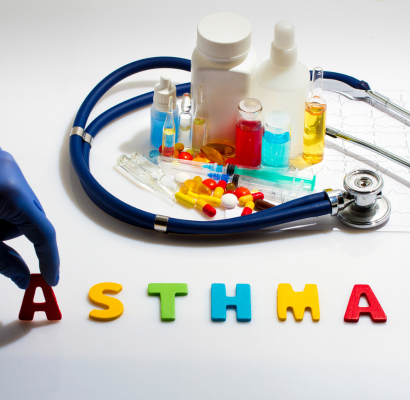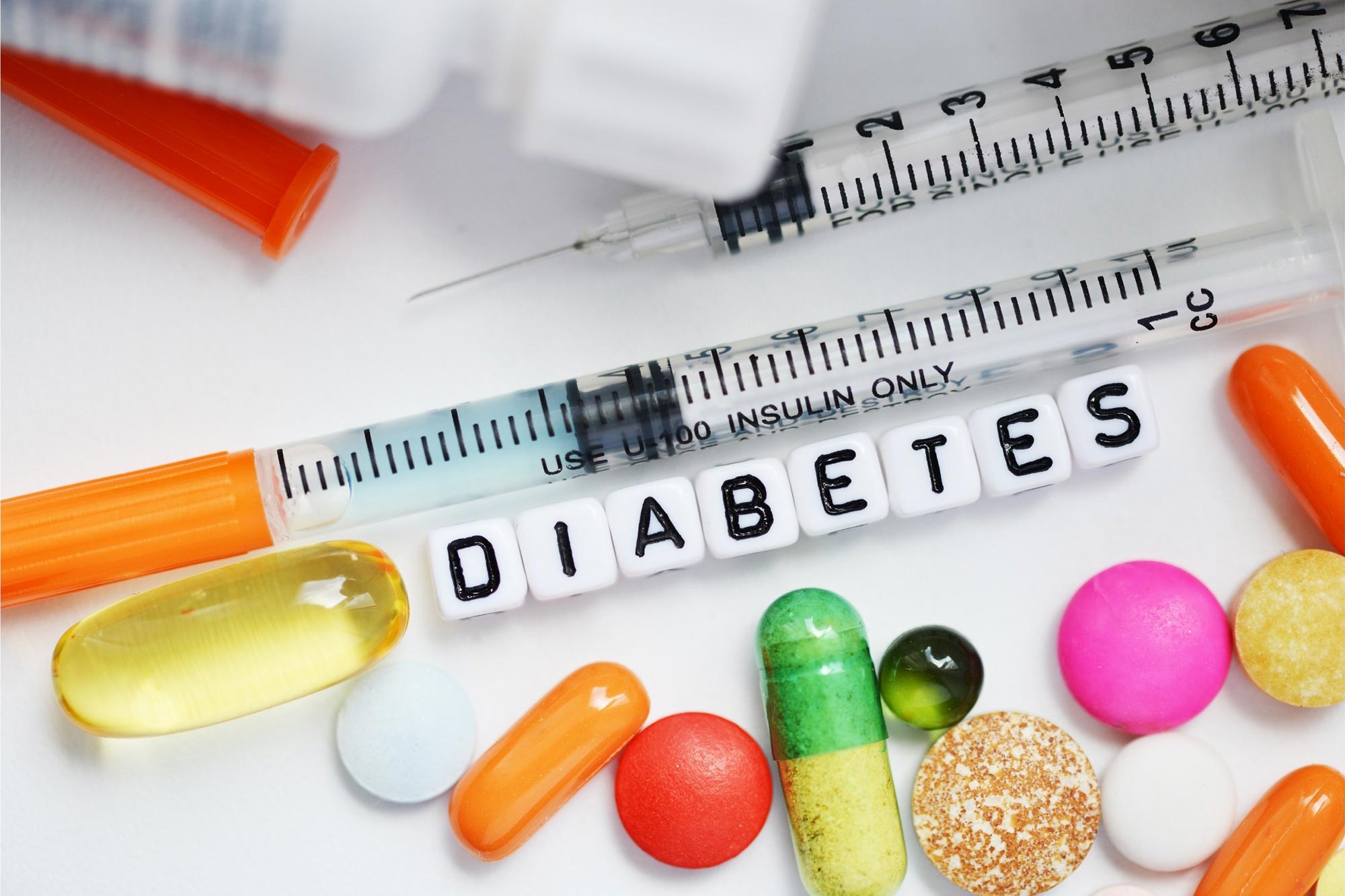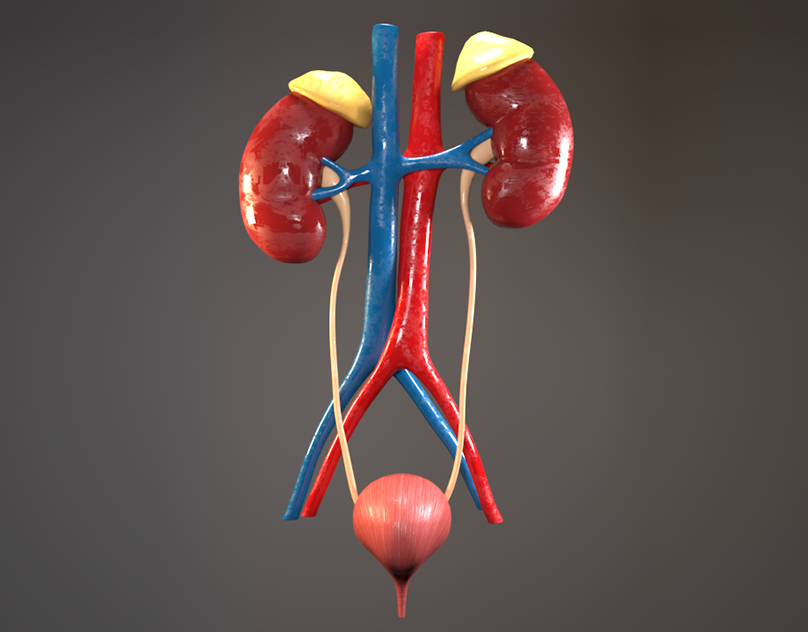
Lung Cancer Diagnosis and Treatment
February 6, 2023
By Dr Vikas Roshan, Radiation Oncologist – Lung cancer is the most typical cancer nowadays, and cases are rising. In 2020, it accounted for 11.4 percent of all new cancer cases and 18 percent of cancer-related deaths worldwide. In the Caribbean, lung cancer constitutes 8.2 percent of all new cancer cases and 10 percent of all cancer-related deaths in both sexes.
Origin
Lung cancer starts in the windpipe (trachea) and can involve the primary airway and the lung tissue. However, it may originate in any part of the lungs or airways. These are part of the breathing pathway. The breathing system involves the nose and mouth, trachea, airways to each lung (left and right bronchus), and the lungs themselves.
Risk Factors for Lung Malignancy
Smoking tobacco is the most significant cause of lung cancer. Around seven out of ten lung cancers are associated with smoking, including second-hand and third-hand smoke. Even occasional smoking leads to an increased risk of lung cancer, but the risk dramatically rises as the duration and number of pack-years grow. So, avoiding smoking is the best thing you can do for your lung health. The sooner you stop, the better the outcomes are.
Some heavy metal compounds and environmental factors also increase the risk of lung cancer. These include asbestos, silica, and diesel exhaust. People usually get exposed to these substances through their occupational work.
Asbestos was used in the construction industry and shipbuilding in the late sixties. Some workers in older buildings still get exposed to it. However, there are strict laws in foreign lands about work that involves asbestos, for example, when working in or repairing structures containing asbestos. Smoking also increases the risk of asbestos exposure.
Silica substances are used in some industrial materials, such as bricklaying and glass making. People who have worked and been exposed to silica have a slightly increased risk of lung cancer. It can lead to a condition known as silicosis, which increases the risk of lung cancer. Underlying lung diseases can raise your risk of lung cancer. These risks are usually higher in smokers.
Chronic obstructive pulmonary disease (COPD) is also chronic obstructive airways. It means long-term lung illnesses such as emphysema and chronic bronchitis. COPD usually develops after long-term damage to your lungs from breathing in a harmful substance, usually cigarette smoke, or working in a polluted environment. The risk of lung cancer is higher if you have COPD or lung infection (pneumonia) compared to people who don’t have it.
Researchers are investigating how our genes could affect our risk of lung cancer.
People at Risk of Lung Tumours
Lung cancer is more common in the older population. More than 70 percent of the time, it is associated with smoking. Other risk factors include exposure to radon gas, exposure to certain chemicals in the workplace, a family history of lung cancer, and cancer treatment for different types of cancer.

Investigations Needed for Diagnosis
CT Scan
A CT scan is an investigation that uses X-rays and a computer algorithm to create detailed pictures of the body. First, it takes pictures from different angles. Then, the computer puts them together to make a three-dimensional (3D) image.Bronchoscopy and Biopsy
A bronchoscopy is a test to examine the inside of your lungs’ breathing tubes (airways). Your doctor can see any abnormal areas and take samples (biopsies) to test. An endobronchial ultrasound can show if it’s lung cancer and the size of the tumour. It can also reveal if cancer has spread into other lung areas or outside the lung.
WBPETCT
PET/CT is a valuable modality in evaluating lung cancer (NSCLC and small cell lung cancer). One essential indication is evaluating a single, isolated pulmonary mass (nodule) (less than or equal to three cm in length). These are usually detected incidentally on chest radiographs or chest CT scans. This will help in metastatic evaluation also.
Impact of Stage and Grade
The cancer stage tells you how big it is and whether it has spread. The type tells which type of cell cancer started, and the grade means how abnormal the cells look under the microscope.
Knowing the stage, type, and grade of cancer can help doctors plan your treatment.
The staging systems used for lung cancer can seem complicated, but they can be easily understood with the help of your doctor.
Types of Lung Cancer
After a biopsy, the pathologist tells you the type of cell cancer seen in microscopic slides. This information will help the doctor to decide on the treatment.
Cancer that originates in the lung is called primary lung cancer or denovo lung cancer. If cancer spreads to the lungs from somewhere else in your body, then this is metastatic/secondary lung cancer.
There are different types of primary lung cancer, and they are divided into two main groups:
- Small cell lung cancer (SCLC), and
- Non-small cell lung cancer (NSCLC)
In this write-up, we will discuss mainly NSCLC.
Non-Small Cell Carcinoma
Around 80 to 85 of 100 lung cancers are non-small cell (NSCLC). The three main types are adenocarcinoma, squamous cell carcinoma, and large cell carcinoma. They are grouped because they behave similarly and respond similarly to treatment.
Treatment for Non-small Cell Lung Cancer (NSCLC)













